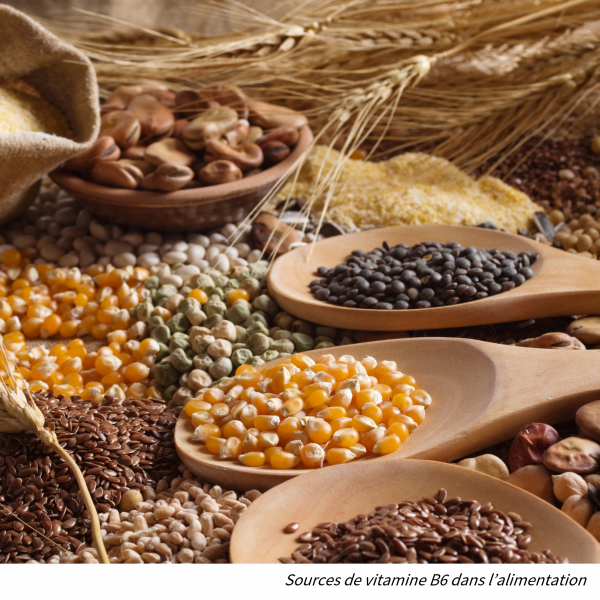Vitamin B6

Vitamin B6
There are eight types of B vitamin, which have their own individual function. Vitamin B6 is a water-soluble vitamin which can also be referred to as Pyridoxine, Pyridoxal, Pyridoxamine. Absorption of vitamin B6 occurs predominantly in the small intestine1.Dietary sources of Vitamin B6
Major sources of vitamin B6 include cereal grains, legumes, vegetables such as potatoes, fish, liver, meat and whole wheat flour.2What are the benefits of vitamin B6 for the hair
Vitamin B6 supports cysteine synthesis.3 L-cysteine forms disulfide bridges which provide strength and rigidity to keratin.4What are the benefits of vitamin B6?
Additional benefits of Vitamin B6 include:
- Contributes to normal energy-yielding metabolism
- Contributes to normal red blood cell formation
- Contributes to the reduction of tiredness and fatigue
- Contributes to normal function of the immune system
- Contributes to normal functioning of the nervous system
- Contributes to normal homocysteine metabolism
- Contributes to normal protein and glycogen metabolism
- Contributes to normal psychological function
- Contributes to the regulation of hormonal activity